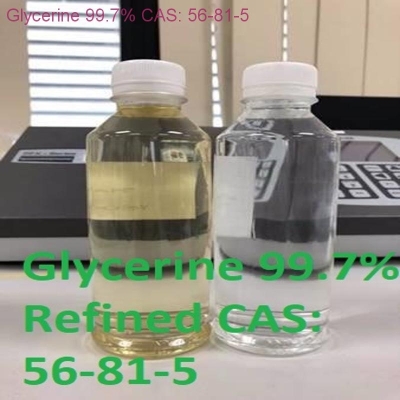-
Categories
-
Pharmaceutical Intermediates
-
Active Pharmaceutical Ingredients
-
Food Additives
- Industrial Coatings
- Agrochemicals
- Dyes and Pigments
- Surfactant
- Flavors and Fragrances
- Chemical Reagents
- Catalyst and Auxiliary
- Natural Products
- Inorganic Chemistry
-
Organic Chemistry
-
Biochemical Engineering
- Analytical Chemistry
- Cosmetic Ingredient
-
Pharmaceutical Intermediates
Promotion
ECHEMI Mall
Wholesale
Weekly Price
Exhibition
News
-
Trade Service
Background and target intestinal bacteria disorders are associated with the development of Crohn's disease (CD) and may also play an important role in postoperative disease recurrence (POR).
study looked forward to the composition of feces and mucous membrane microorganisms after re-blind bowel excision to determine the predicted value of the microbiome associated with recurrence.
at the planned point in time before and after surgery, the researchers collected mucous membrane and/or fecal samples from 121 CD patients who underwent a return-blind bowel excision.
also collected samples from 39 healthy controlled patients for re-intestinal biopsies.
POR is defined by rutgeerts ≥ i2b.
the microbiome with 16S rRNA sequencing.
using C5.0 and random forest algorithms for predictive analysis.
results were characterized by an increase in the number of microorganisms producing butyric acid ((FDR) and 0.01) as well as the increase in the abundance of Bacillus deformation (FDR: 0.009) and Ackman bacteria (FDR . . . 0.02).
surgical excision, all patients except POR patients were visible mucous membrane abunding of mucosal algae , and Clostridium difficile also increased compared to the baseline.
patients without a POR showed a decrease in streptococcus sepsis
the mucous membrane-related microbiome spectrum has good judgment ability to predict THER, and is better than clinical indicators.
6th month, patients who experienced a POR had more microbiota that belonged to Negativicutes (FDR s 0.04) and Fusobacteria (FDR s 0.04) than patients who did not have a POR.
concluded that the microbiome re-breeding in patients with back-blindness was different between relapsed and non-relapsed patients, of which Difficile was the most important cause of early PROR.
。







